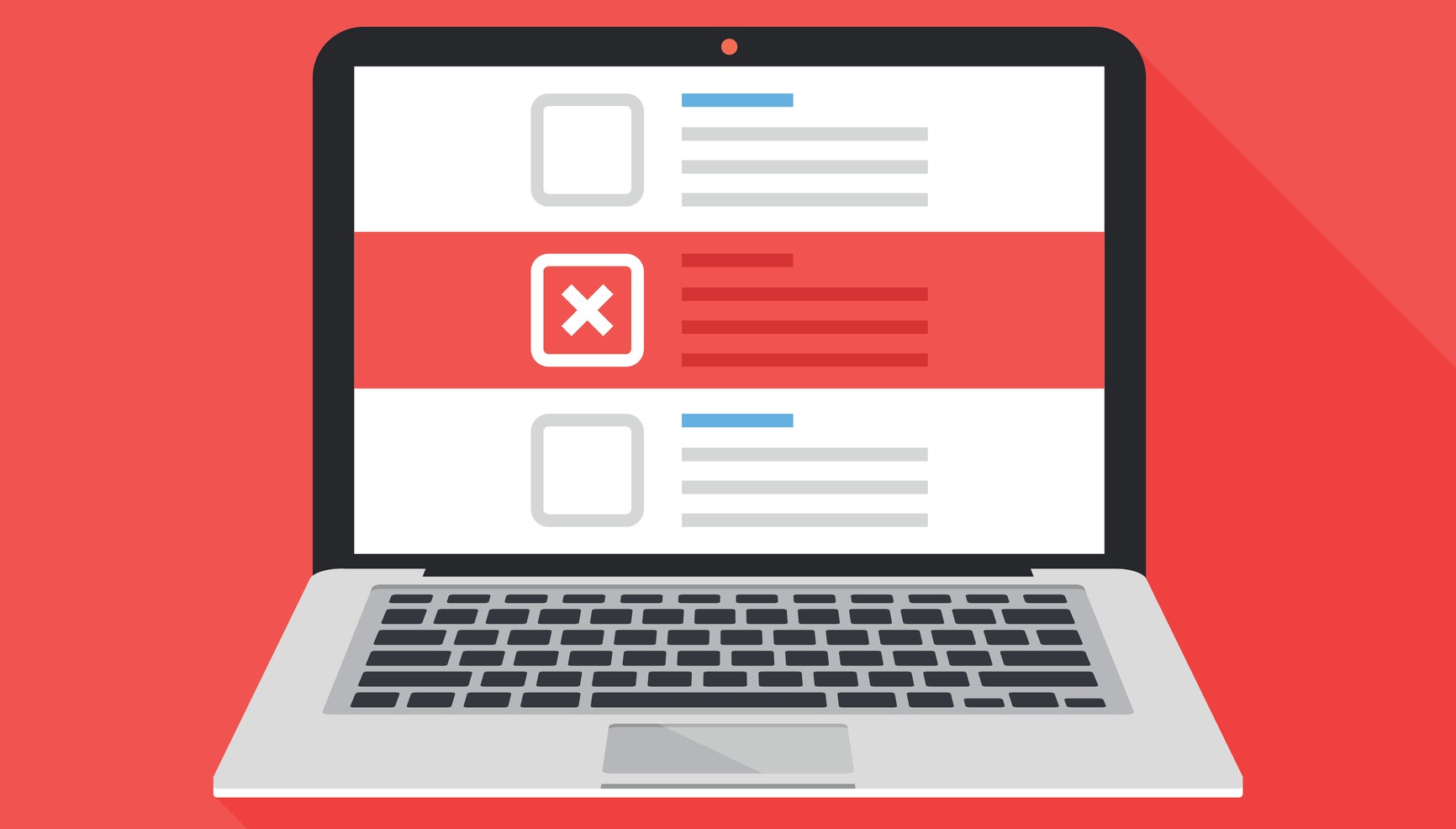4 Common Website Mistakes and How to Fix Them
Your website is the foundation of your business. Studies show that it only takes 1/10th of a second to form a first impression about a person, and...
2 min read
 Maryanne McWhirter
:
April 24, 2019
Maryanne McWhirter
:
April 24, 2019

 We hear this a LOT. You regularly look at your website. You know how to navigate it. You update it when information changes or needs updating, but is it actually effective? Is your website doing its job? Does it represent your brand? Is it converting? What traffic are you seeing? What ROI are you seeing?
We hear this a LOT. You regularly look at your website. You know how to navigate it. You update it when information changes or needs updating, but is it actually effective? Is your website doing its job? Does it represent your brand? Is it converting? What traffic are you seeing? What ROI are you seeing?
These are questions you should be asking to determine the effectiveness of your website. It’s time to stop thinking of how you see your website and time to start thinking of how your prospects experience your website.
In 2018, 52.2% of website visits were from a mobile device. We carry tiny computers with us everywhere we go, and sure they are handy to text and call contacts, but they are also heavily used to browse the internet. Having a mobile-compatible site is a necessity in 2019. Not sure if your website is mobile-friendly? Google will tell you with this free website.
Internet users are known for low attention spans. An easy way to improve your website is to ensure your visuals speak for you. Powerful and strong visual components of your website are crucial. People don’t want to read 1,000 words on a website page to understand one thing. What is more effective than your verbiage is your visual impact with colors, design, photos, and videos. Be intentional about the images and design elements you use to look appealing to your website visitors. Does it speak to your target audience?
This is likely the most important aspect of your website. Can someone quickly and easily find the information they are seeking? The navigation bar is not a place to dump every piece of information you want prospects to know and understand about your company. The navigation bar should be clutter free. In fact, search engines prefer fewer items in the navigation. Try and keep the tabs to a minimum, ideally, seven or less. Also, remember to have tabs of information that users are looking for, not what you want them to know.
Allowing people who visit your website the opportunity to tell you who they are and give you their information to follow up sounds obvious, but it's shocking how overlooked this is. Incorporating forms and CTAs throughout your site helps the user (by making contact with you easy) and helps you (by capturing those top-of-the-funnel leads). Be sure you are incorporating CTAs and forms on multiple pages on your website.
Remember that less is more. When you are passionate about your business, it is tempting to want to thrust all your knowledge, wisdom, and experience on your website to fully explain to visitors who you are and what you do. However, study after study shows that a more simple website is a more effective website. Not a single website visitor will read every word on your website, so make an effort to remove verbiage from your site that is unnecessary. Keep it as simple as possible.
Still not sure if your website is performing at its best? There are a few free sites that can break down what you are doing well and what needs improvements. Website Grader is one of our favorites! Checking in on these five website attributes are important and a significant step to a successful website. However, be aware that updating your website won’t be helpful if you aren’t monitoring and aware of how it performs.
Also, understanding your website analytics is a must. To really improve your marketing efforts, make checking your website data a habit (through Google Analytics or other data tracking platforms). Some important KPIs to track are:
You can take steps to improve the effectiveness of your site by optimizing it for mobile, ensuring it's visually appealing with user-friendly navigation, incorporating CTAs and forms, and keeping it simple. If you work hard on your website, it should work hard for you to produce the results and ROI you need!

Your website is the foundation of your business. Studies show that it only takes 1/10th of a second to form a first impression about a person, and...

1 min read
We recently had a client do a complete overhaul of their website. New templates, new copy, new CTA buttons, new sitemap—a complete redesign. As...

As part of the LeadG2 series on "The 10 Commandments of Inbound Marketing" we will be discussing each of these ten commandments and the importance of...